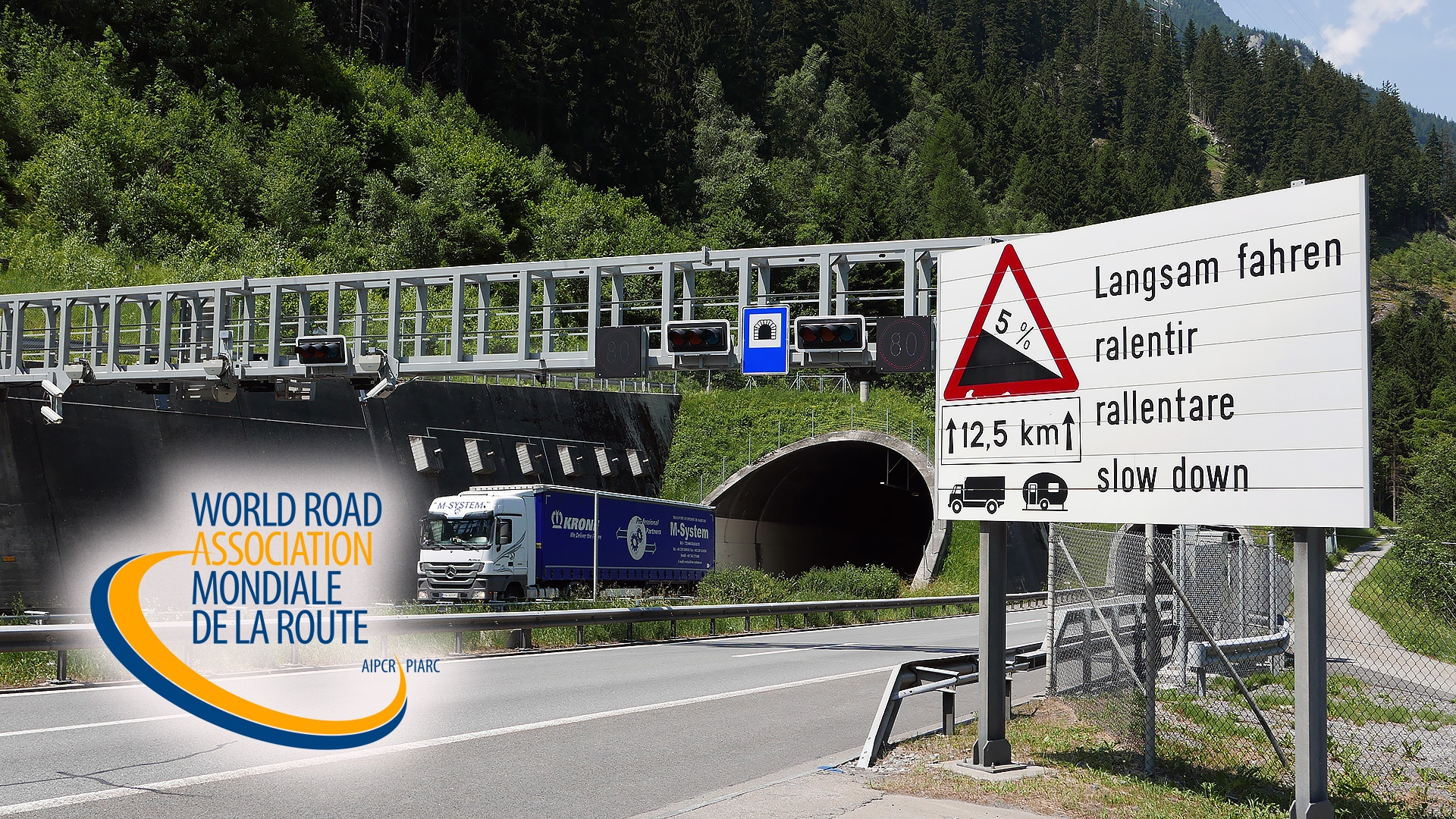Updated software for dangerous goods

Serious incidents that challenge the self-rescue principle is primarily incidents with large fire effects and causes a severe smoke situation, and mainly incidents involving heavier vehicles. Incidents involving dangerous goods spills are among the most serious in road tunnels and can in some cases lead to catastrophic consequences.
To address this issue, a quantitative risk assessment model (QRAM) has been jointly developed by the World Road Association (PIARC) and the Organisation for Economic Co-operation and Development (OECD) to assess the risks of the transport of dangerous goods through road tunnels. This software has recently been updated and is available from PIARC. An older version has been available for years, but the software is updated to handle new versions of computer softwares and some bugs has been eliminated.
What does the quantitative risk assessment model do?
In particular, the software takes into account the European ADR ("Agreement for Dangerous Goods by Road") regulations and it allows users to
- assess societal risks due to the transport of dangerous goods for a tunnel or route;
- compare the societal risk of a tunnel or along a route with benchmarks;
- assess the societal risks for each ADR1 category (A to E) of a given tunnel, in order to facilitate the choice.
The societal risk of categories A and E corresponds respectively to the societal risk of the tunnel route and one (or more) alternative transport route(s).
The software can be used to perform a specific risk analysis for the transport of dangerous goods. This specific risk analysis may form part of the general risk analysis required by the European Directive 2004/54/EC on minimum safety requirements for tunnels in the trans-European road network.
Integrated progress in the update
A working group has been established under the aegis of PIARC's Road Tunnel Operations Committee (D.5) to update QRAM. In a first phase, QRAM was made compatible with the most recent versions of Window operating systems. PIARC has now completed this most urgent phase and the updated version of QRAM is now available, thanks to the financial contributions provided by 8 European donor countries. In a second phase, the group is now working functionalities to be added to QRAM, which take into consideration users' reactions.
The limitation in a risk assessment model
The risk associated to the traffic in a tunnel and the ability to give necessary assistance from the emergency services can affect the consequences and are important to discuss in risk analysis for all tunnels over 500 meter, and it is recommend to carry out a separate assessment for dangerous goods.
The algorithms, procedures and computer programs of DG-QRAM were developed only for the assessment of risks due to road transportation of dangerous goods through given routes, especially with tunnels. They have been compiled from the best knowledge and understanding available at the initial development date (year 1998), but have important limitations that must be understood and considered by the user.
A quantitative risk assessment model like the DG QRAM software are recommended to use by the World Road Association, Road Tunnel Operations Committee. But it is also important to be aware that you need to carry out additional qualitative assessments and discuss weaknesses in the quantitive models used. It is also important to address risk related issues that is not accounted for in the quantitive risk assessment models. The competence, knowledge and experience implemented in the work is highly important for the outcome.
Availability
The software is available at the PIARC website:
https://www.piarc.org/en/knowledge-base/road-tunnels/qram_software/

 En
En 




